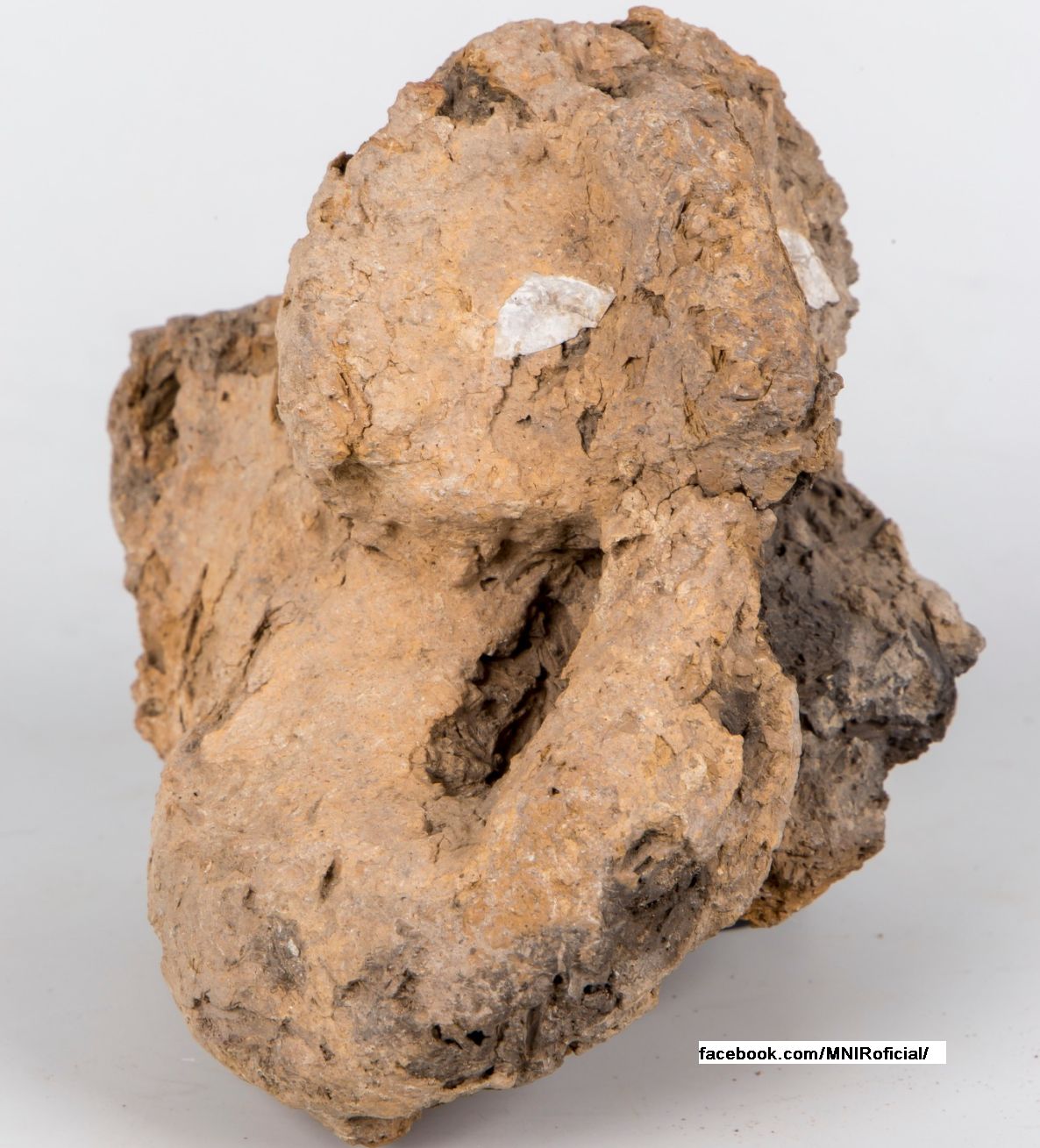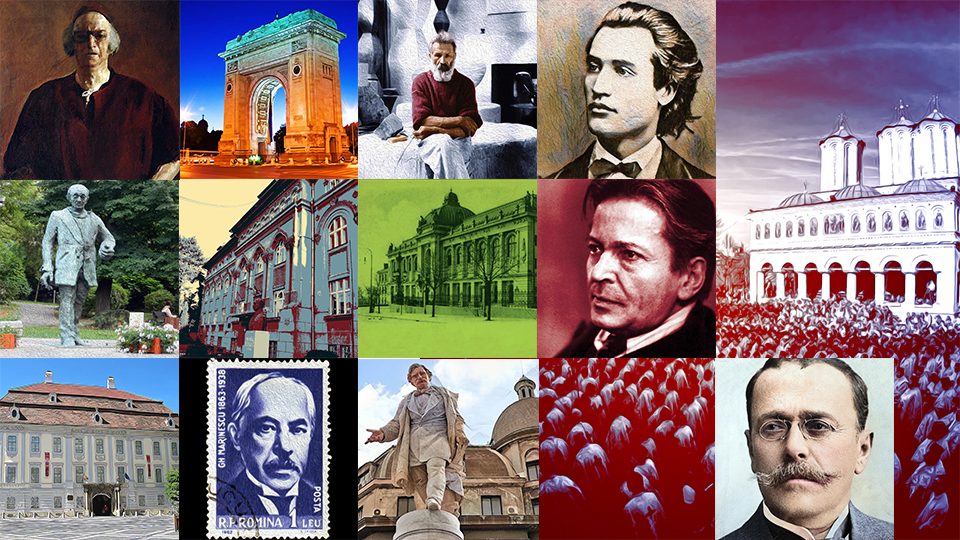The first automobiles in the Romanian provinces
As far as the history of the automobile goes, Romania has been reasonably in synch with the Western developments in the field.

Christine Leșcu, 30.12.2017, 16:12
Just like in Europe and America, the first cars, equipped with steam engines like the trains of that time—steam carriages, as they were called—appeared in the Romanian provinces towards the end of 19th Century. Even more, in 1880 engineer Dumitru Vasescu joined the inventors who were trying to improve the new vehicle. He created an innovative steam-powered car, named after him, which he took out on the streets of Paris. This car was brought to Bucharest only once, in 1906, and nothing is known about it after this point.
In any case, the first automobile cruising the Romanian roads, in 1889, was a 4 hp Peugeot, whose power was about twice the power of our present-day vacuum cleaners. The owner was obviously a member of nobility, given that the purchase of a steam carriage required significant financial strength. In the years to follow, their number increased. In 1895, three owners from Craiova brought into the country three 12 hp Benz automobiles. In 1896, a Peugeot was reported in Bucharest, then another one in Tecuci, then in Falticeni. 1898 was, among other things, the year when Romania welcomed its first American vehicle, an Oldsmobile, which the mass media criticised for its “stunning” speed of 15 km per hour.
These first automobiles were mostly regarded as an entertainment means, and were associated with sports and racing. It is not a coincidence that the first car owners in Romania were also sportsmen. Still, the beginning of the 20th Century brought about the first automobiles used for practical purposes. One such example is the automobile that dr. Toma Tomescu was driving simply in order to make house calls.
Perhaps the most famous Romanian automobile driver in the first half of the 20th Century was Prince George Valentin Bibescu, husband to the writer and diplomat Martha Bibescu, a descendant of the Bibescu and Brancoveanu families and the founder of the Romanian Automobile Club. A restless spirit, attracted to all things new, George Valentin Bibescu brought to Romania in 1901 a Daimler-produced Mercedes car, which he drove from Geneva to Bucharest, traveling 1,827 km in a total of 73 hours during 12 days. But for all his innovative and adventurous spirit, George Valentin Bibescu was only the second person to have officially registered a car in Bucharest. The first one was the industrialist Bazil Assan. In or around 1900, he brought to Bucharest an internal combustion vehicle produced in Liege, Belgium. This was the car that got the registration number B1. Upset that someone else had beaten him to it, Prince Bibescu arranged that his own car get the number 0B, although it was the second to be registered.
Bibescu was avenged later on, in 1904, when he set up the Romanian Automobile Club and became its first president, with Bazil Assan as vice-president. The goal of the Club was to encourage the use of the automobile and the automotive industry. The association also promised to protect the rights of automobile owners and drivers. In fact, the number of owners grew steadily between the early 20th Century and WWII. While the number of cars imported before 1906 was 150, in just 3 years the figure reached 447 and in 1912 there were 850. In 1939, as many as 25,800 motor vehicles were registered in Romania, but by the end of the war in 1944 only 9,820 of them were left in the country. Not surprisingly, after the communists took power the number of automobiles fell dramatically.
But Romanians were not only importers of automobiles. They also started to manufacture such machines early on. The first car factory in Romania, called MARTA, was set up in 1908 and was based in Transylvania, in Arad. It was in fact a branch of the American company Westinghouse. This was also where buses were first produced in Romania.





























